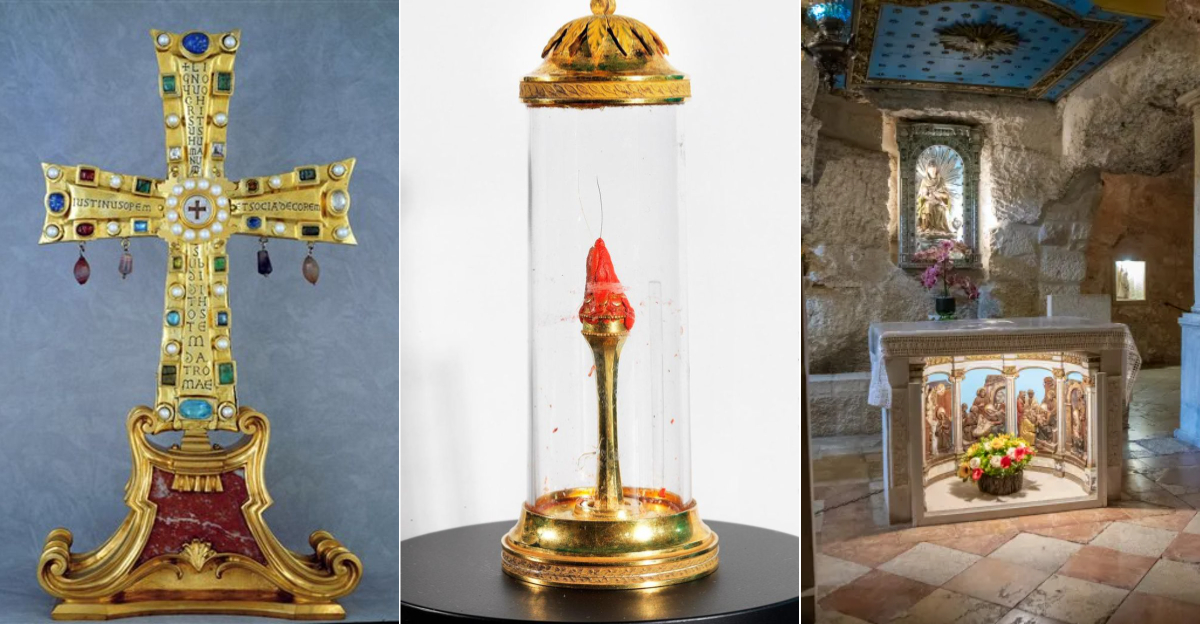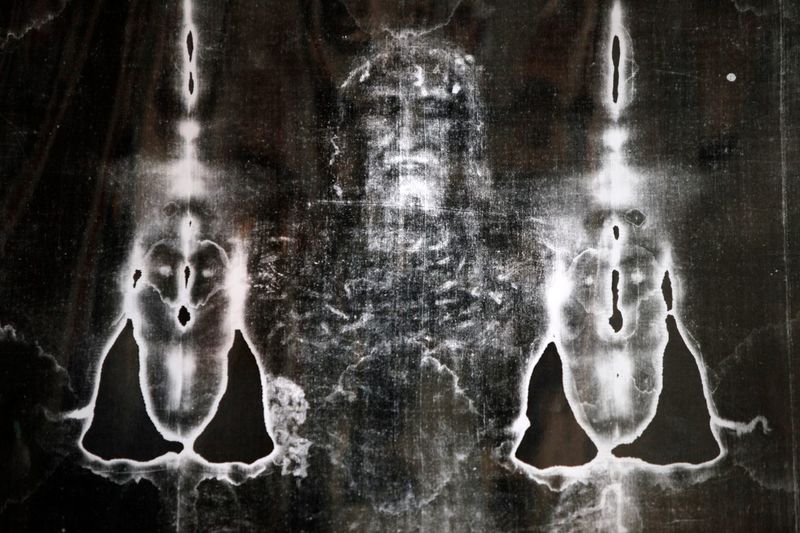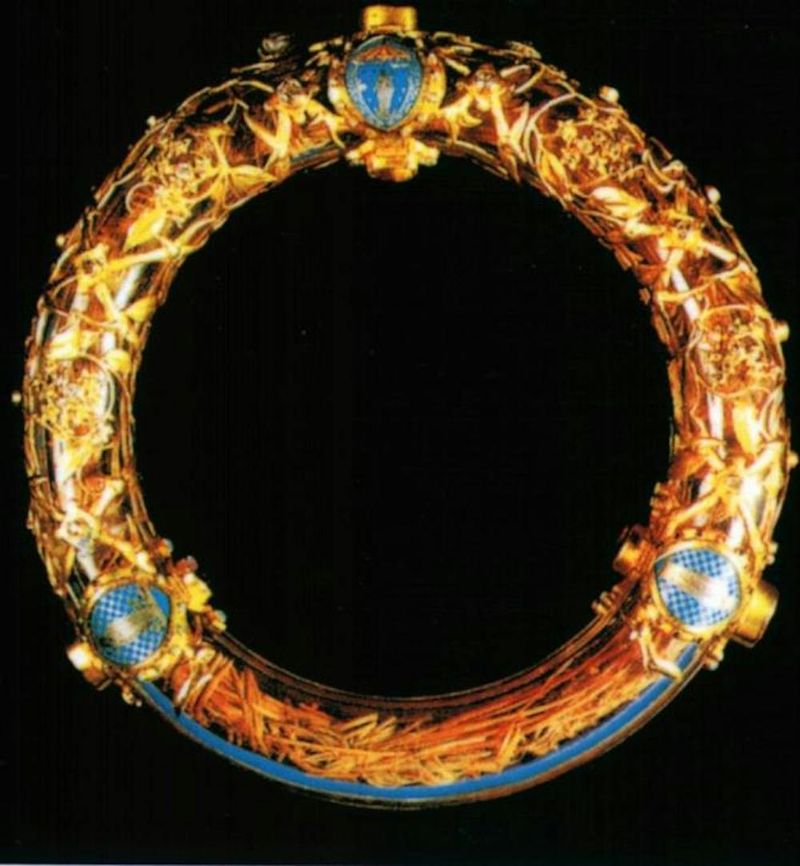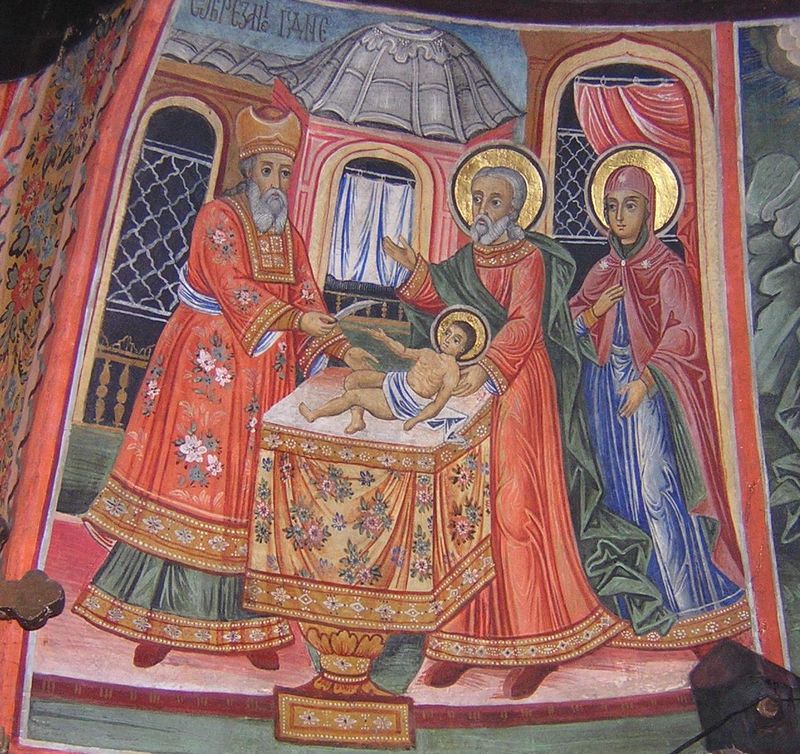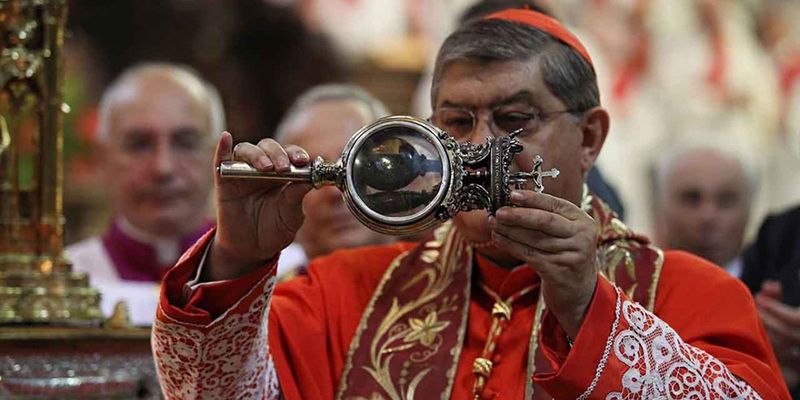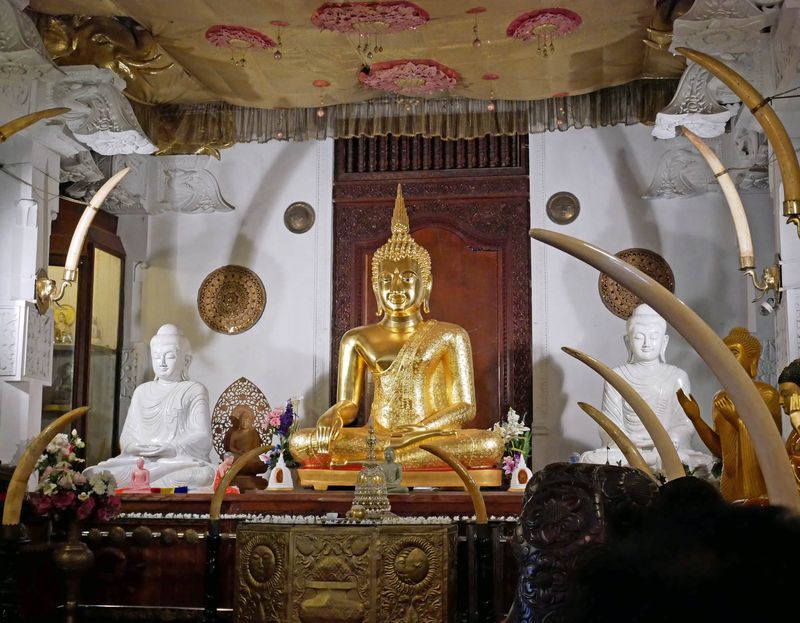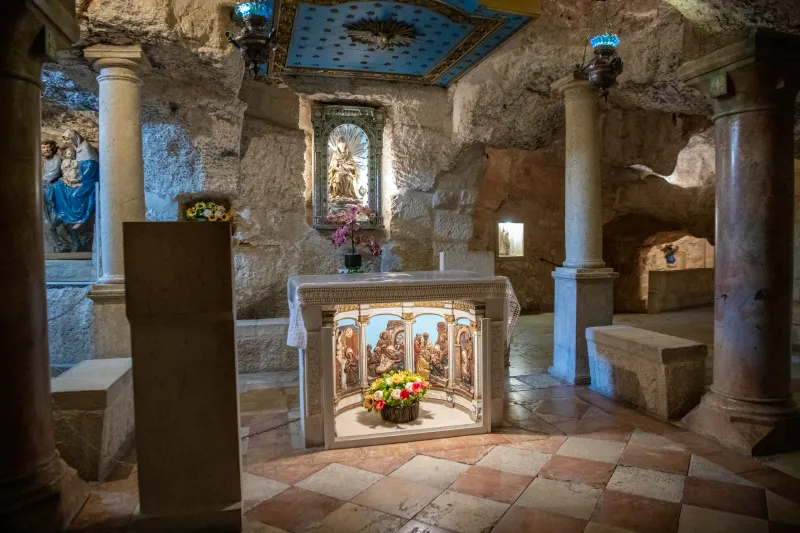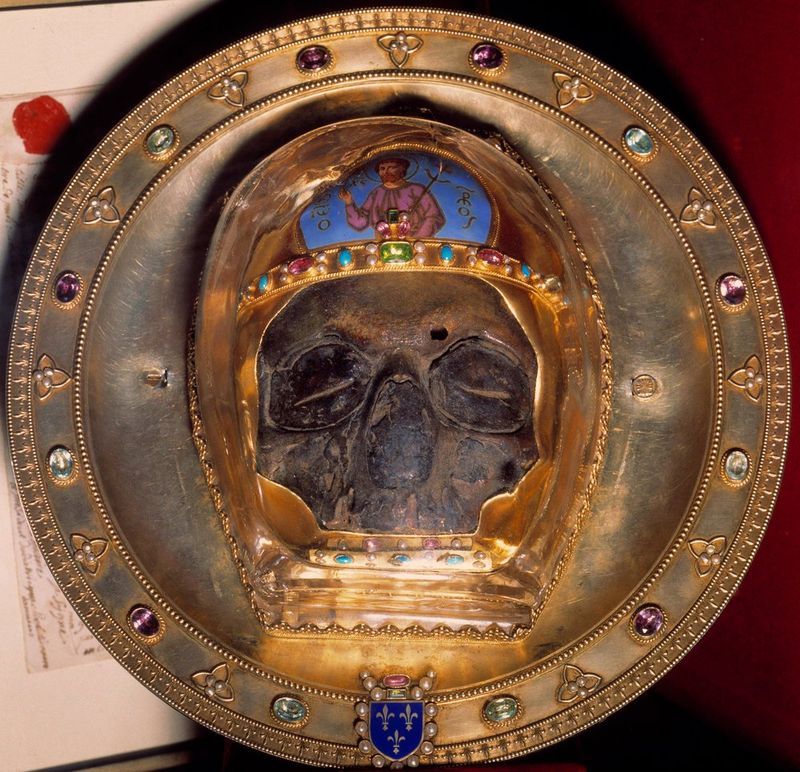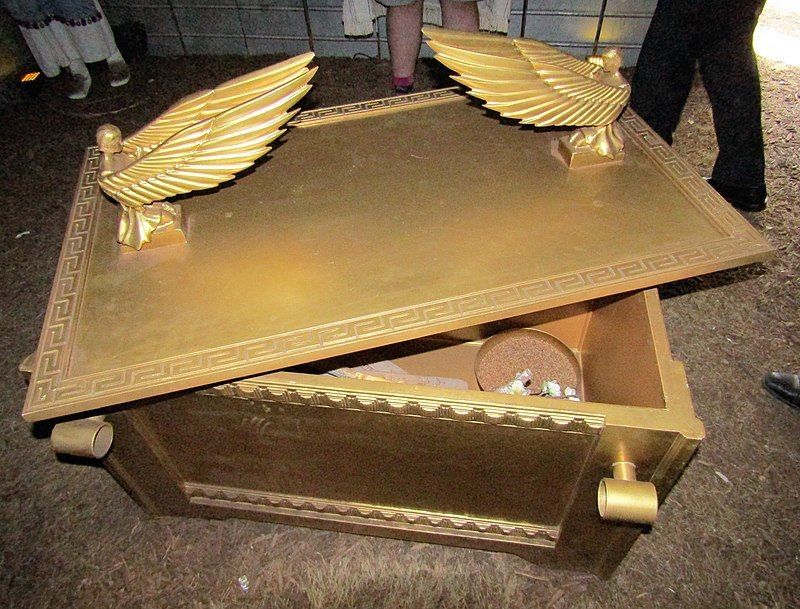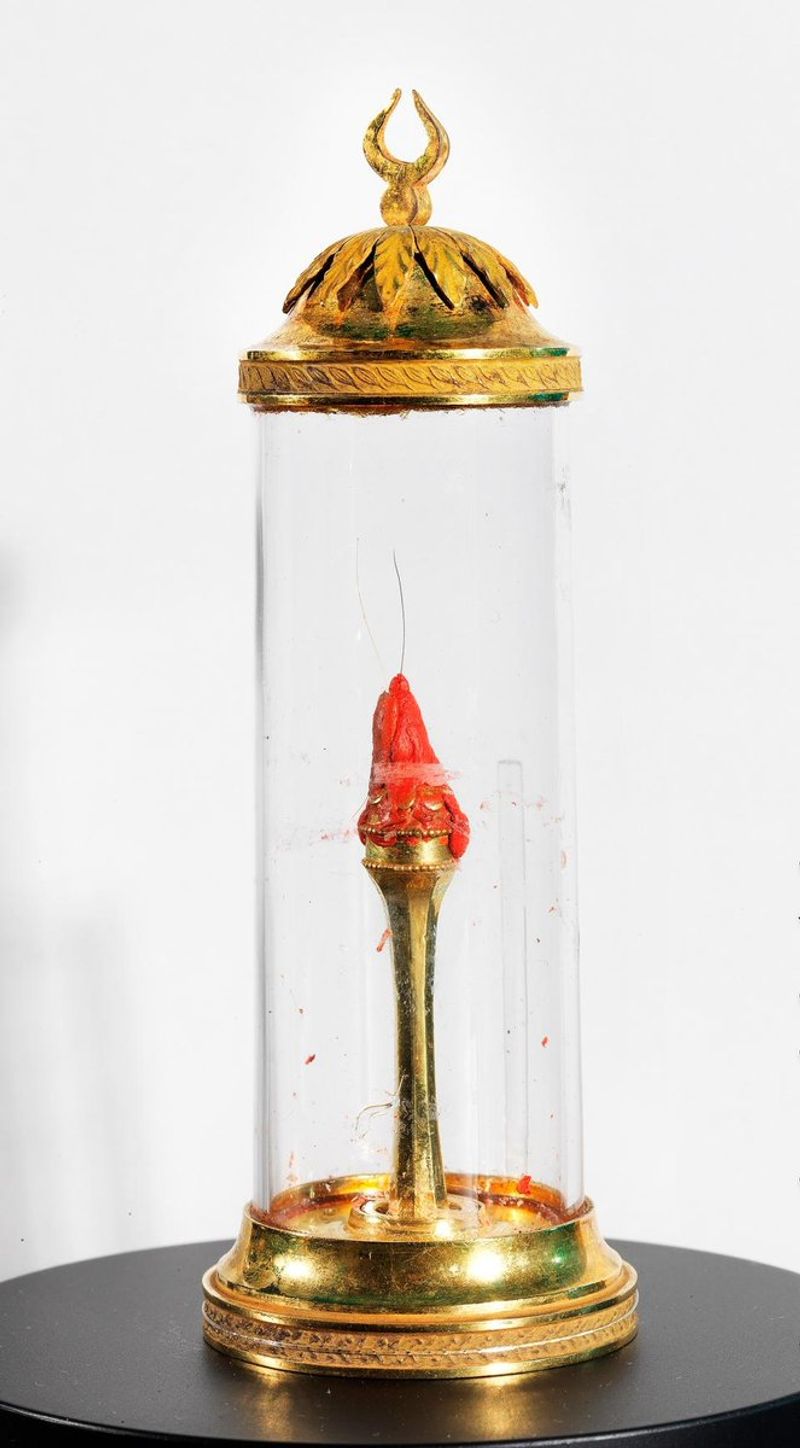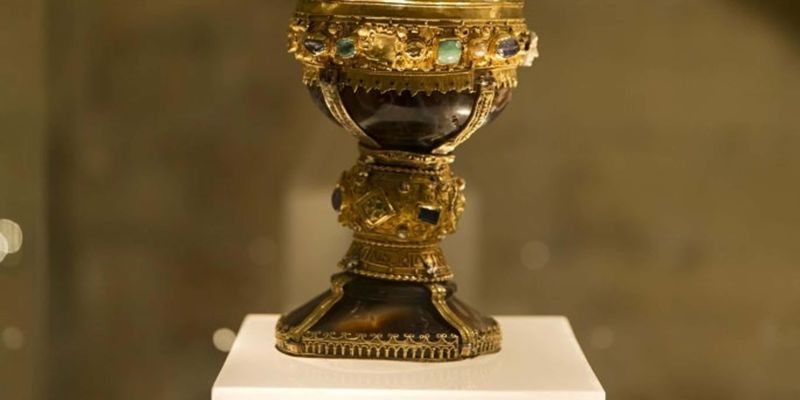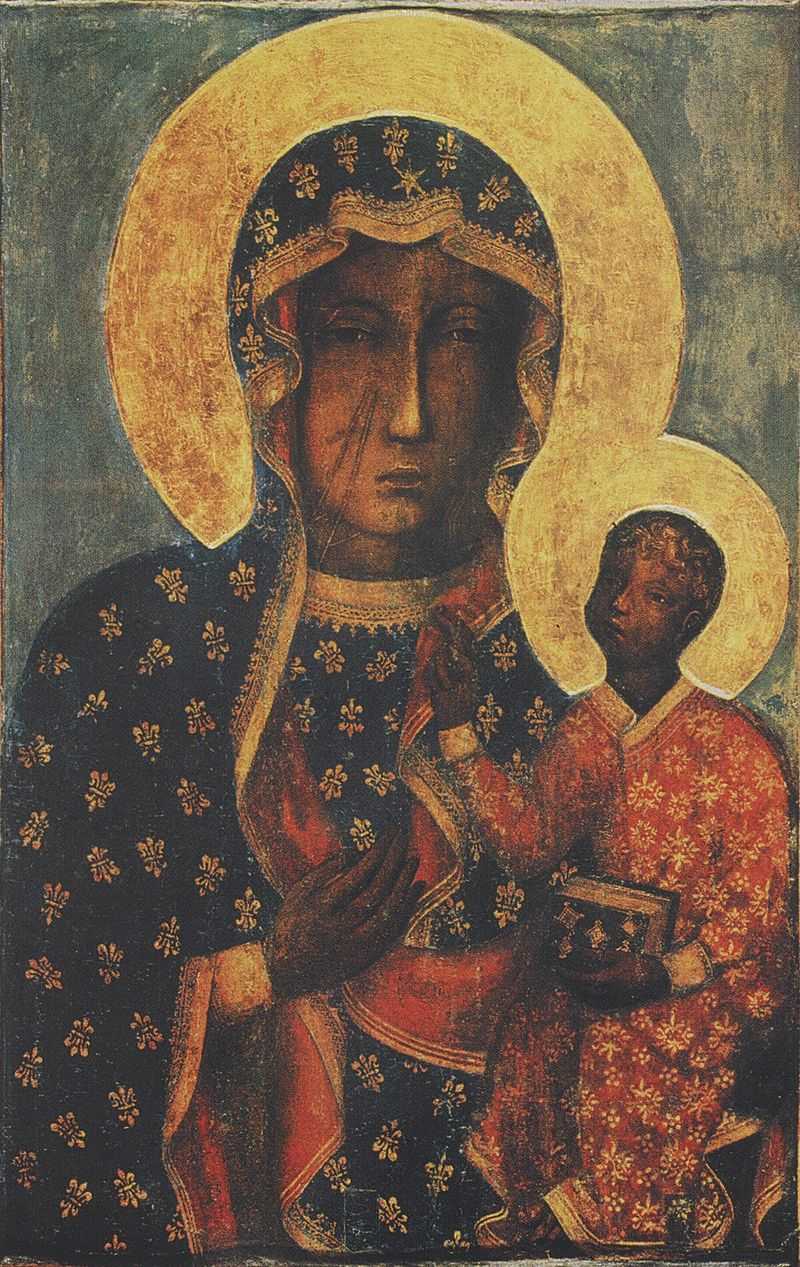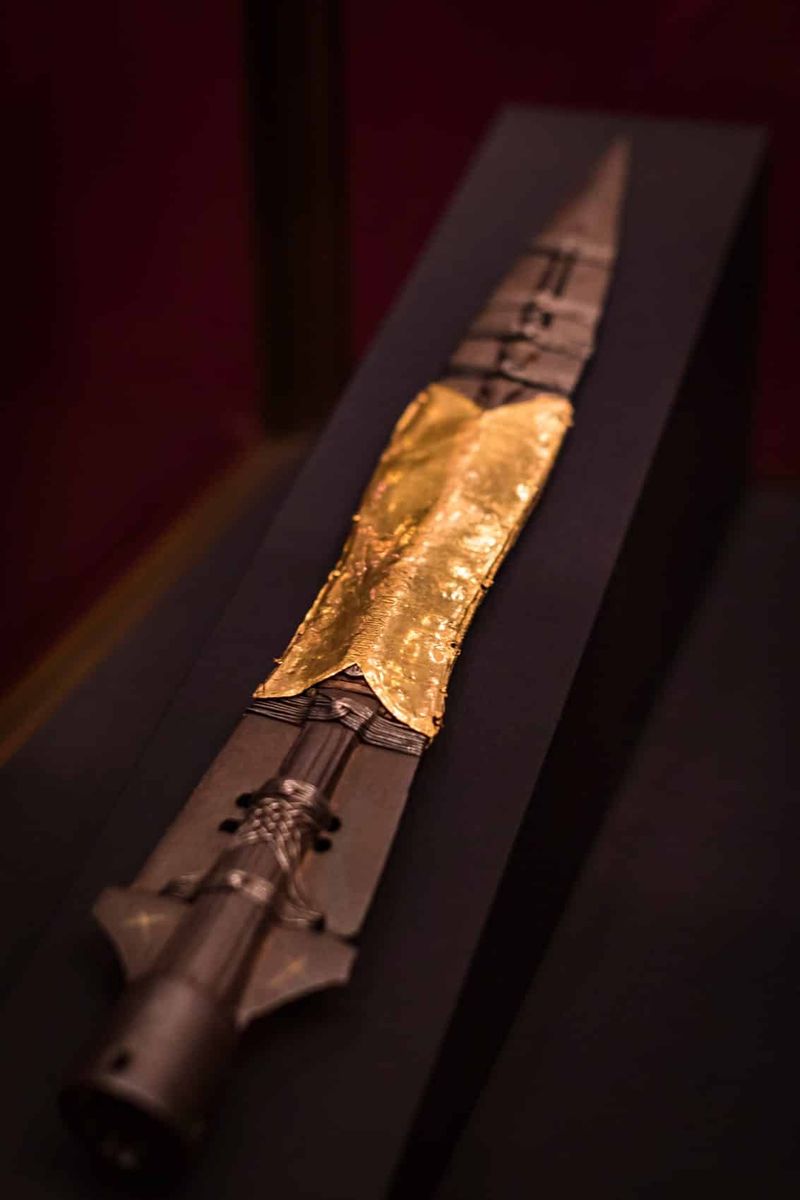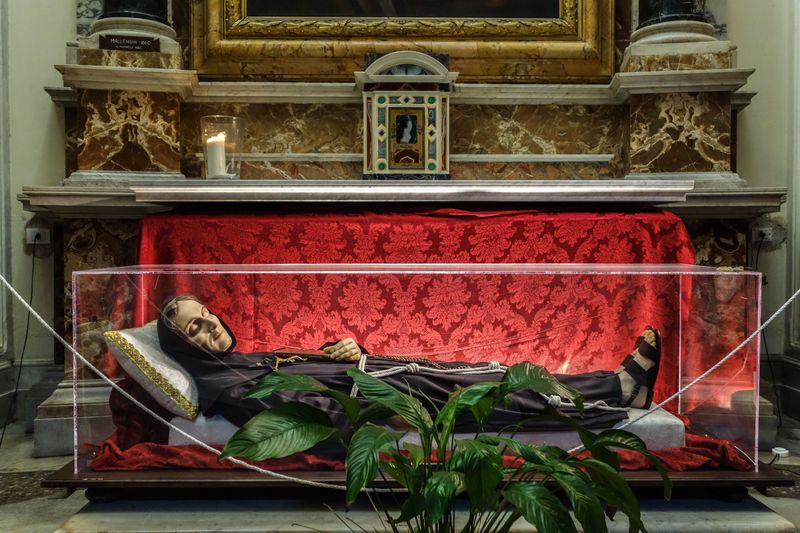Throughout history, religious relics have inspired awe and devotion among millions. Some believe these artifacts are touched by the divine, while skeptics argue they are nothing more than artful fabrications. From the Shroud of Turin to the “Incorruptible” Saints, these relics captivate imaginations and fuel debates. Although doubts persist, their significance in faith is undeniable. Here are 15 religious relics that, despite controversies, continue to hold a special place in the hearts of believers worldwide.
1. The Shroud of Turin
Is it the burial cloth of Jesus or a medieval masterpiece? The Shroud of Turin, bearing the faint image of a man, has sparked curiosity for centuries. Carbon-dating suggests its origin is between 1260 and 1390 AD, aligning it with medieval techniques rather than ancient times. Despite scientific scrutiny, the shroud remains a symbol of faith for many. Whether a miraculous imprint or an artist’s creation, its allure endures. How did this relic captivate millions? Perhaps its mystery lies in the space between faith and doubt.
2. The Crown of Thorns (Notre-Dame Cathedral)
Shrouded in mystery, the Crown of Thorns is believed to have adorned Jesus’s head during his crucifixion. This relic, housed in Notre-Dame Cathedral, wasn’t mentioned until over half a millennium after the event it supposedly witnessed. With numerous thorns claimed worldwide as authentic, its genuineness remains hotly debated. Regardless of its origins, the crown continues to inspire devotion. How has it maintained such reverence amidst skepticism? Perhaps the answer lies in its embodiment of sacrifice and redemption.
3. The Holy Prepuce (Jesus’ Foreskin)
Among the most curious relics is the Holy Prepuce, or Jesus’ foreskin, claimed by multiple churches. Throughout medieval Europe, at least 18 different “authentic” foreskins were venerated. This abundance raises questions about their legitimacy. Despite scientific advances, the relic’s allure persists as a testament to faith’s mysteries. What keeps believers enthralled? Perhaps it’s the connection to Jesus’s humanity. The relic, whether real or symbolic, continues to fascinate and perplex.
4. The Blood of San Gennaro (Naples)
Miracle or natural phenomenon? San Gennaro’s blood, housed in Naples, allegedly liquefies each year. Scientists suggest it’s a thixotropic gel, a substance that changes state when agitated. Yet, believers see a divine sign. This annual event draws crowds eager to witness the transformation. How does this blend of science and faith coexist? Perhaps the answer lies in its role as an enduring symbol of hope. The relic, whether miraculous or mundane, continues to inspire devotion.
5. The Buddha’s Tooth (Sri Lanka)
Buddha’s Tooth, enshrined in Sri Lanka, is revered as a tangible link to the Enlightened One. Yet, its origins are shrouded in mystery, with no records before the 4th century AD. Skeptics question its authenticity due to the timeline mismatch. Nonetheless, the relic attracts pilgrims seeking spiritual connection. Why does it hold such power over believers? Perhaps it lies in its representation of Buddha’s wisdom. Genuine or not, the Tooth remains a cherished emblem of faith.
6. The Virgin Mary’s Milk (Bethlehem)
A stone in Bethlehem is said to hold remnants of the Virgin Mary’s milk. The site attracts visitors, despite similar claims elsewhere. Geologists suggest the stone might be chalk or limestone. Yet, the possibility of divine touch draws pilgrims. How does one stone inspire such devotion? Perhaps in its message of purity and nurturing love. Whether miracle or natural formation, it remains a symbol of maternal grace.
7. The Head of John the Baptist
Intrigue surrounds the Head of John the Baptist, with at least three churches claiming ownership. DNA testing in 2010 revealed one skull belonged to a woman, adding to the enigma. This anomaly fuels debate over authenticity, yet does not diminish its spiritual significance. Why do believers hold fast to these relics? Perhaps it’s the powerful narrative of prophecy and martyrdom. The head, real or imagined, continues to evoke reverence and fascination.
8. The Ark of the Covenant (Ethiopia)
Nestled in Axum’s Chapel, the Ark of the Covenant is shrouded in secrecy. No one is permitted to see it, fueling intrigue and speculation. Its supposed power and divine origins captivate imaginations. What lies within the chapel? Perhaps it’s the allure of unproven legends. The Ark, whether real or myth, remains an iconic symbol of God’s promise to humanity.
9. The True Cross Fragments
Pieces of the True Cross, believed to be from Jesus’ crucifixion, are scattered worldwide. If collected, John Calvin remarked, they’d fill a ship’s cargo hold. This proliferation invites skepticism, yet each fragment is revered. Why does the True Cross captivate so many? Perhaps in its message of sacrifice and redemption. Genuine or not, these fragments continue to inspire faith and devotion.
10. Muhammad’s Beard Hair (Topkapi Palace)
Muhammad’s Beard Hair, preserved in Topkapi Palace, is a cherished relic for many. Though lacking a clear chain of custody, it first appeared centuries after his death. Its authenticity is debated, yet it remains a powerful emblem of connection to the Prophet. How does this relic maintain its significance? Perhaps it lies in the personal bond it offers. Whether genuine or not, it continues to be revered by the faithful.
11. The Holy Grail (Various)
The Holy Grail, said to be the cup from the Last Supper, is a relic of legend. Over 200 medieval churches claimed to possess it, sparking debates about its true existence. Why does this elusive relic fascinate so many? Perhaps in its quest for eternal life. Whether real or mythical, the Grail continues to be a symbol of spiritual pursuit.
12. St. Peter’s Bones (Vatican)
Excavated beneath St. Peter’s Basilica, these bones are claimed to belong to the apostle himself. An inscription reading “Peter is here” accompanies them, though female bones were also found. Despite uncertainties, they remain a focal point of faith. What drives believers to venerate these bones? Perhaps it’s the connection to the Church’s foundation. Real or not, they continue to inspire devotion.
13. The Black Madonna of Częstochowa
The Black Madonna of Częstochowa, attributed to St. Luke, is a cherished icon. Art historians date it to 6th–9th century AD, long after Luke’s time. Despite doubts, it remains a powerful symbol of protection and intercession. Why does this painting hold such significance? Perhaps in its embodiment of maternal strength. Real or imagined, the Black Madonna continues to inspire and protect.
14. The Spear of Destiny (Vienna)
The Spear of Destiny, believed to have pierced Jesus’ side, is a relic wrapped in legend. Metallurgical analysis reveals it dates to the 7th century AD, not the Roman era. Why does this spear captivate imaginations? Perhaps in its representation of power and fate. Genuine or not, it continues to inspire fascination and awe.
15. The “Incorruptible” Saints
These saints, believed to resist decay, are revered as miraculous. However, records indicate many were secretly embalmed. Despite this revelation, they remain powerful symbols of holiness and eternal life. Why does the notion of incorruptibility fascinate? Perhaps it’s the promise of divine intervention. Real or preserved, these saints continue to inspire faith and wonder.
